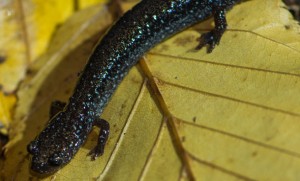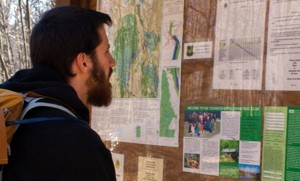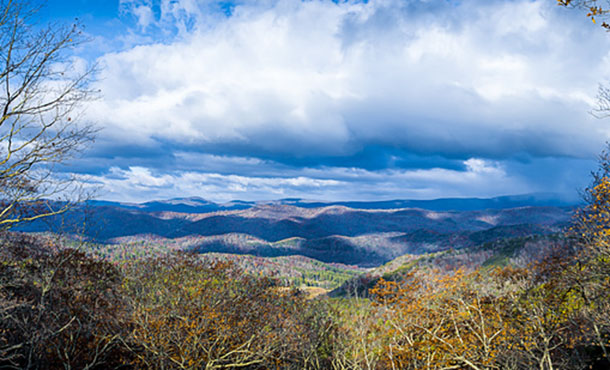The Virginia Wilderness Committee has hailed the “stunning photos” of Eastern Mennonite University students, using them “on our web site, in our publications, and for the celebration of the 50th anniversary of the Wilderness Act this year,” according to an official statement.
The Virginia Wilderness Committee was referring to work that emerged from the first-ever “Conservation Photography” class at Eastern Mennonite University in the fall of 2013, in which photography professor Steven Johnson required his students to partner with a conservation organization for a semester-long project.

“The intent was for the students to provide high-quality imagery to their partner organizations, which the partner organizations could then use for conservation advocacy,” says Johnson.
Four students in that class, Damon Pyles, Han Geon Park, Chass Kreider and Casey Myers, chose to work with the Virginia Wilderness Committee after a representative spoke to the class at Johnson’s invitation. These students photographed wilderness or near-wilderness areas in George Washington National Park. A photo by Pyles, for example, featured a gleaming Cow Knob salamander against a bright-yellow leaf. Park captured a stunning view from a ridge in the proposed Shenandoah Mountain National Scenic Area. Kreider portrayed a hiker intently studying an information board. Myers focused on a clump of caterpillars.
The students’ photos centered on the beauty, unique attributes, and usefulness to outdoor enthusiasts of land that the Virginia Wilderness Committee hopes will be protected for future generations.

Two of the students, Myers and Kreider, focused specifically on an area of George Washington National Park called Three Ridges. Three Ridges is situated about 30 miles southwest of Charlottesville, Va, and is, according to the website HikingUpward, one of Virginia’s most popular backpacking trails.
Kreider drove out to Three Ridges with her husband almost every fall weekend and typically hiked eight miles in order to get the photographs needed for the project. “I learned that photographing animals and wildlife is really hard, but really rewarding,” she says.
Myers says that she had loved wildlife since she was a child, but didn’t realize how difficult it was to combine photography and wildlife observation. “Conservation photography takes time, dedication,” she says. “I tried to look for things that people wouldn’t normally see while there.”

The class certainly seems to have accomplished its goal in both teaching wilderness photography and facilitating conservation efforts. “We are grateful to Professor Johnson for envisioning this project and to his students for their meaningful photos,” says the Virginia Wilderness Committee website. “These photos illustrate the beauty, biodiversity, and intrinsic value of wilderness and will serve to teach and inspire all of us.”
